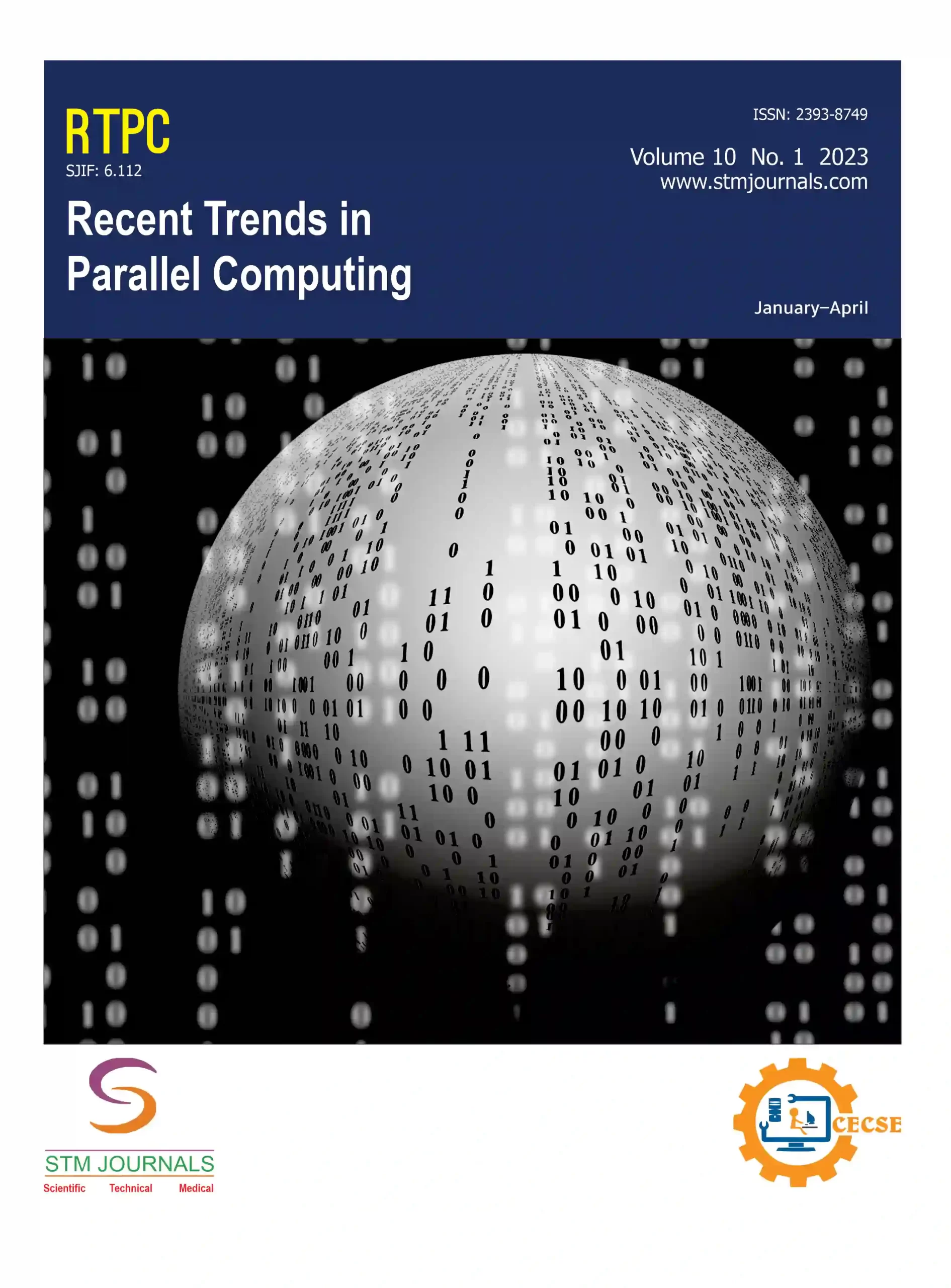
V.R. Siva,

R. Durga,
- Student Department of Computer Science, Vels Institute of Science, Technology and Advanced Studies, Pallavaram, Chennai Tamil Nadu India
- Associate Professor Department of Computer Science, Vels Institute of Science, Technology and Advanced Studies, Pallavaram, Chennai Tamil Nadu India
Abstract
A key component of forecasting home prices and rental patterns is real estate market analysis. Data science, data mining methodologies, and statistical models are some of the strategies that have been created in recent years to solve this problem. A few problems are still required to be resolved, such as the obstacles caused by the availability and quality of the data; the presence of outliers, missing values, and inconsistent formats in housing datasets might have a negative impact on prediction models’ performance; and ensuring data accuracy and coverage necessitates working with government agencies and data providers in conjunction with meticulous data preparation processes. A number of major issues impede the accuracy and dependability of current systems, like only a little amount of thorough and current data is readily available, market dynamics are complicated, and effective.
Keywords: Data science, forecasting home prices, real estate market analysis, data mining methodologies, key component, rental patterns, market analysis
[This article belongs to Recent Trends in Parallel Computing(rtpc)]
References
- Bergstrom CT, West JD. Calling bullshit: The art of skepticism in a data-driven world. Canada: Random House Trade Paperbacks; 2021 Apr 20.
- Chang W. R graphics cookbook: practical recipes for visualizing data. USA: O’Reilly Media; 2018 Oct 25.
- Cleveland WS, McGill R. Graphical perception and graphical methods for analyzing scientific data. Science. 1985 Aug 30; 229(4716): 828–33.
- Yau N. Visualize this: the FlowingData guide to design, visualization, and statistics. John Wiley & Sons; New Jersey, United States. 2011 Jun 13.
- Wickham H, Grolemund G. R for data science: Import, tidy, transform, visualize, and model data. USA: O’Reilly Media, Inc.; 2017.
- Wickham H. ggplot2: Elegant graphics for data analysis. 2nd Edn. New York: Springer-Verlag; 2016.
- Pearl J, Mackenzie D. The book of why: The new science of cause and effect. New York City: Basic Books; 2018.
- Neth H. ds4psy: Data science for psychologists. Social Psychology; Decision Sciences. Germany: University of Konstanz; 2020.
- Kuhn M, Johnson K. Applied predictive modeling. New York: Springer; 2013 Sep 1.
- Foreman JL, Gubbins EJ. Teachers see what ability scores cannot: predicting student performance with challenging mathematics. J Adv Acad. 2015; 26(1): 5–23.

Recent Trends in Parallel Computing
| Volume | 11 |
| Issue | 01 |
| Received | February 16, 2024 |
| Accepted | March 2, 2024 |
| Published | April 4, 2024 |

